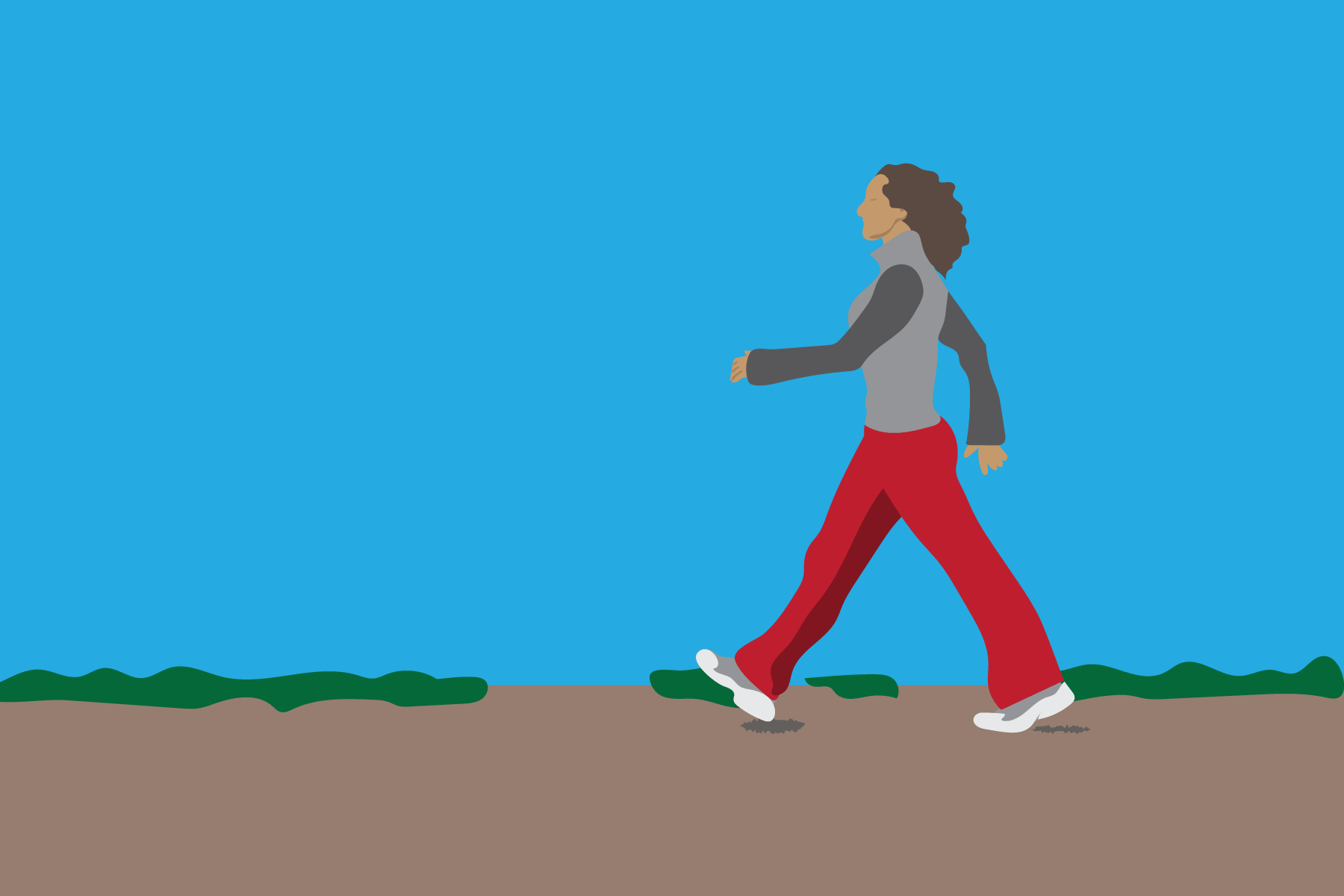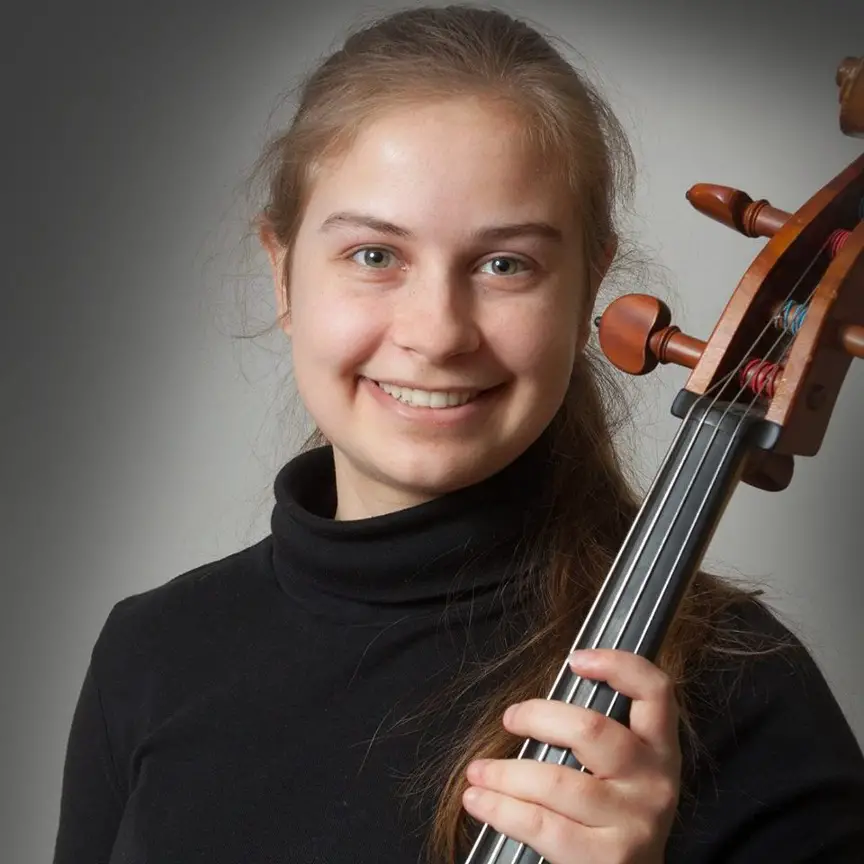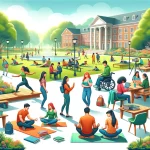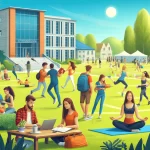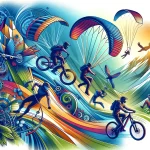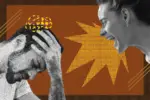When walking, you might encounter some hills, maybe even a steep incline. If you keep a steady pace, your chest may tighten, your breath may scoop deeper into your lungs, but you will crest that peak and come down the other side. And isn’t it nice to feel your muscles straining, your legs driving you forward, your feet digging into the soles of your sneakers, all those concretely physical sensations that distract you from the current state of the world?
As the world crashes down around our ears, many — including myself — are finding comfort in walking. I have long been a proponent of walking, tramping around the fields in my rural corner of Pennsylvania. Now, others are joining, flocking to parks and hitting the streets to take advantage of this low-risk activity.
Some parks have even become overcrowded, prompting safety concerns from public health experts. For that reason, experts are advising changes of location and timing to avoid any crowded walks so that you can properly maintain a distance while still getting your exercise. This precaution is in addition to the usual recommendations: wear a face mask, avoid meeting up with friends, keep your hands away from your face and stay inside if you are high-risk.
Even though walking comes with its own set of risks, those risks can be negligible if you take proper precautions. Apart from the obvious health benefits, walking also has a strange knack for imparting a desperately needed sense of peace. Striding forward, the atmosphere tented above you with lacey clouds reaching toward the domed horizon, you feel the immensity of the universe, the ever-present sky, the greenery below and above, and you feel that you are part of that beauty.
In one of my literature classes, the professor often spoke about drift — the process of reading a bit of text, spinning off into your own thoughts inspired by the writing, then anchoring yourself back to the words on the page yet again. Drift makes a text your own by relating to it and binding it permanently into your neural network. I think that drift is also a force in walking, with your physical surroundings acting as the anchor and your mind dancing off on tangents.
Walking is never boring. One moment, you observe transparent green leaves glowing in the setting sun, and the next, your mind has run off. You contemplate your latest problem, fumbling with the Gordian knot of uncertainty that has tied itself so securely in your stomach. The beautiful thing about walking is that you can always come back to the present moment. Sensations of the here and now pervade, an aromatic sweetness from the honeysuckle overhead, a bird song echoing through the valley. Walking can exhibit mindfulness to the nth degree.
Walking can be a form of exploration too, not just of your own mind, but also of the various paths around your neighborhood. This is your chance to finally scope out the roads less traveled by and find out where they actually go. Often, my goal when walking is to become lost. If I always stick to the same paths, how will I ever discover anything new? How will I know just how far I can go?
You can even experiment with different variables as you walk, varying your speed and intensity for maximum metabolic benefits, or spicing it up with a soundtrack of your own. Pro tip: If you have a library card, chances are you have access to a digital collection of audiobooks that you can listen to as you walk. Podcasts can also be a fun addition, especially if you’re accustomed to walking with others. Or, just call one of your friends and chat with them as you stride along.
Walking may not be a communal action, but it sure feels like one. As we walk, we know that others are experiencing the same Earth as we are, so terrifyingly fragile and lovely. “Alone together,” the mantra of this weird and wild time, speaks to the empathy we must cultivate even in isolation. And now, as the country reopens, whether advisable or not, that empathy is more crucial than ever. Even as we strive to avoid others, we must remember that they are there living alongside us, and we must be considerate of that life.
I firmly believe that some of our fondest memories of this time will be our walks. We felt the weight of the world temporarily lifted from our shoulders. It is horrifying to think that we might one day be nostalgic for this era of anxiety, when time slowed to a crawl and acts of kindness proliferated despite all else, but if time spent walking is what we’re nostalgic for, I don’t think that would be so bad. We were all in it together, and we were all walking.
When the pandemic eventually quiets, we all will return to some semblance of normal life. Many of us will leave our walking habits behind as time compresses back down into work and home life. I hope that some, at least, will remember the joy packaged neatly into a simple stroll; I hope that some, at least, will still be able to place their life on hold for a moment to stretch their limbs. For all the negatives that will inevitably come out of this situation, I hope for this one positive.
Arriving home from a walk is always bittersweet. You return to glowing buttery windows, family and roommates, safety, warmth, but you’re trading in your ability to wander, in mind and body — your freedom. You just have to remember, though, even as you surrender to the comfortable embrace of home, that freedom will not be curtailed forever.


